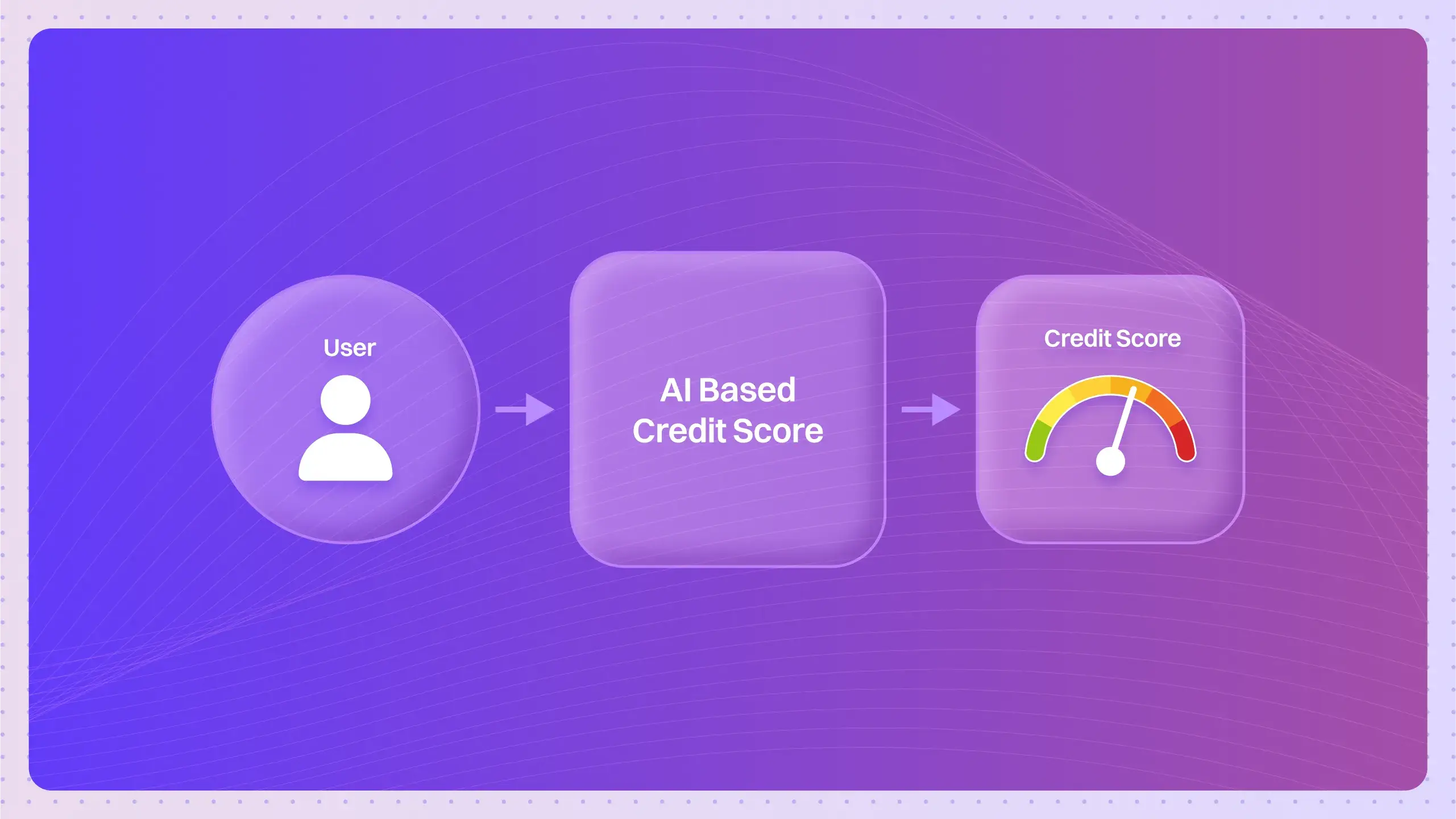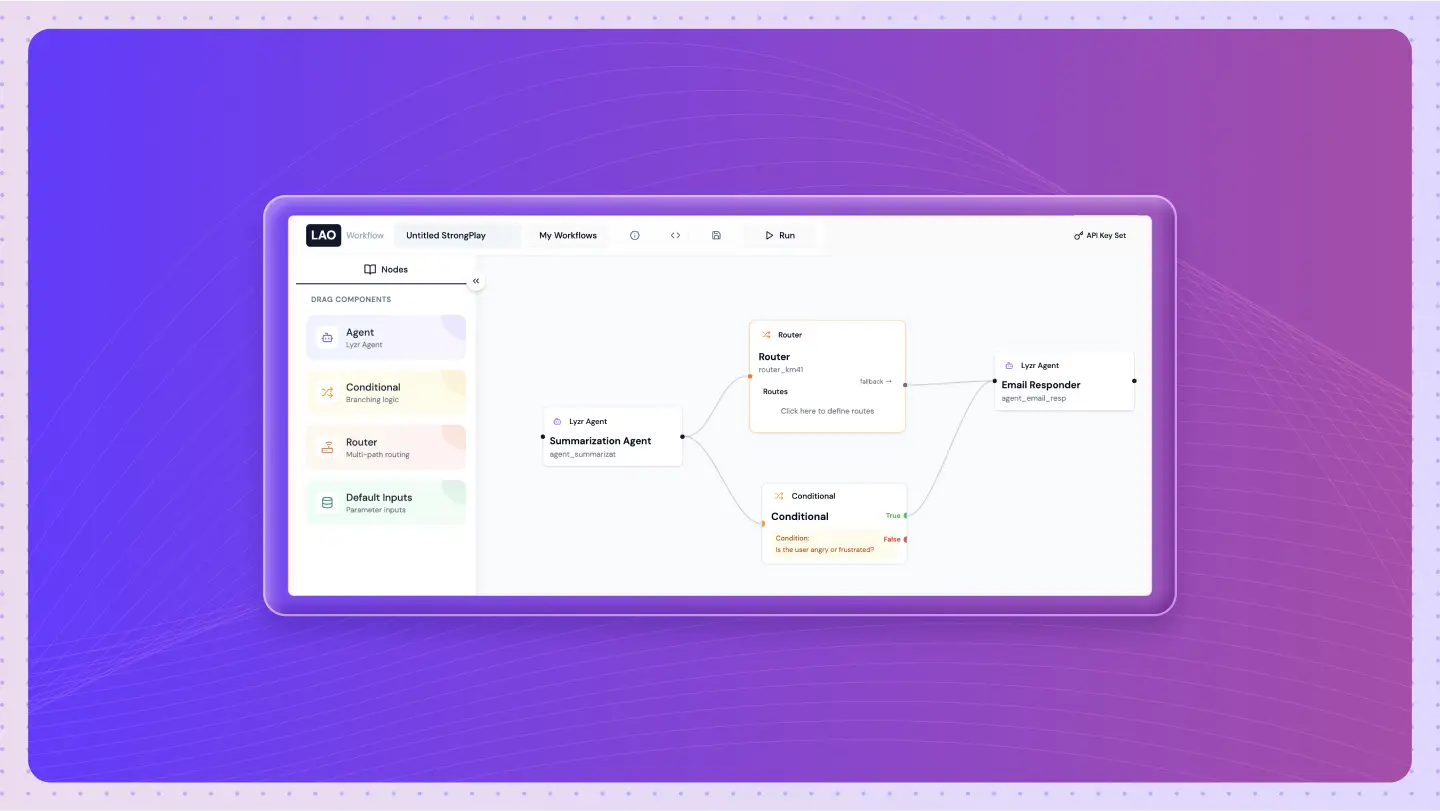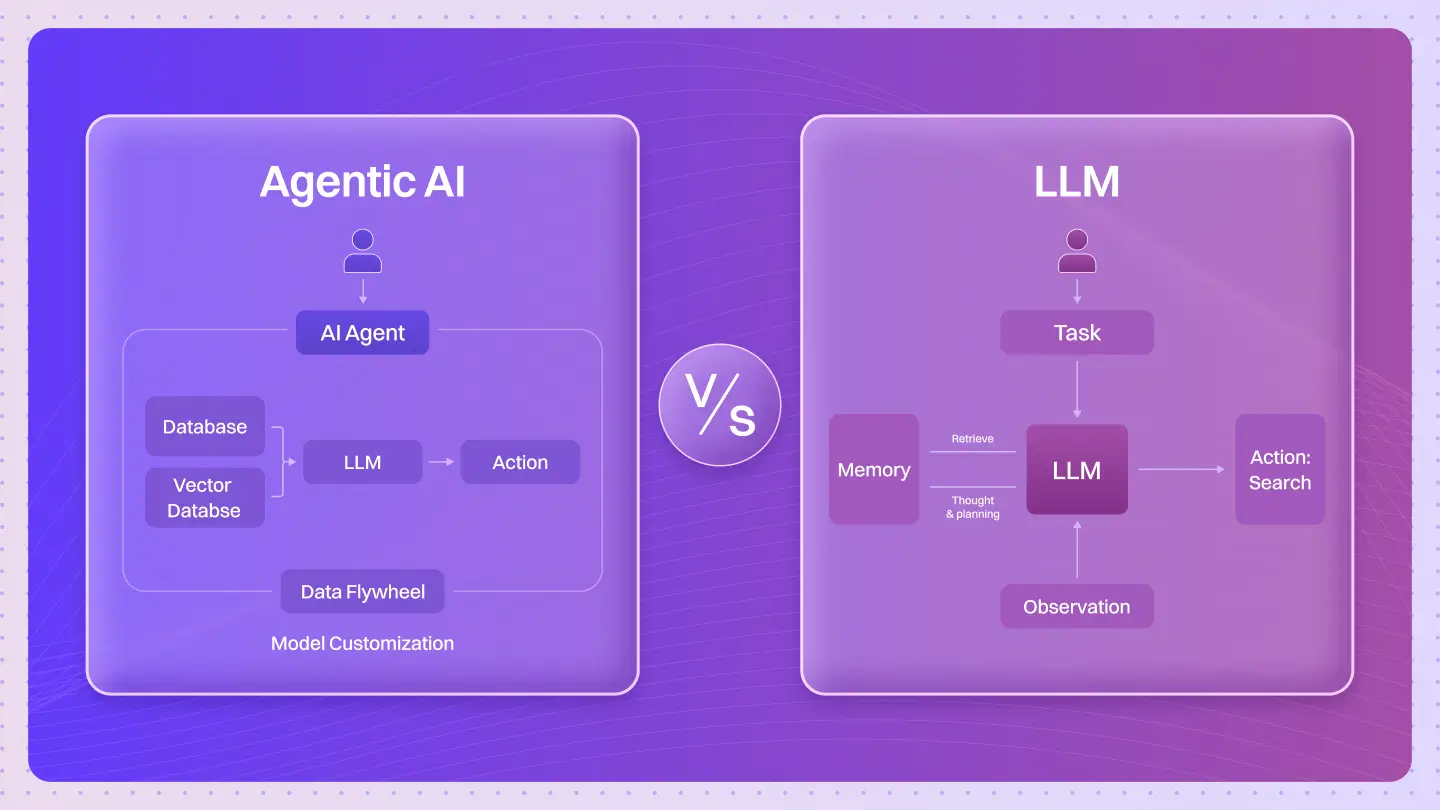A Containerized AI Agent is an artificial intelligence application, along with all its dependencies—like code, libraries, models, and configuration files—packaged into a single, isolated, and portable unit called a container.
Think of it like a perfectly packed meal-kit box. Instead of just getting a recipe (the code), you get a box with every single pre-portioned ingredient (libraries), the specific pots and pans needed (dependencies), and the step-by-step instructions (configuration). You can take this box to any kitchen in the world (any server, any cloud) and make the exact same meal. No more discovering you don’t have the right version of a specific spice. Everything is included.
This solves the single most common problem in deploying software: the “it works on my machine” crisis. For AI, where dependencies can be incredibly complex and specific, containerization isn’t a luxury; it’s a necessity for reliable, scalable operations.
What are containerized AI agents?
At its core, a containerized AI agent is a self-contained, executable package. This package includes everything the AI agent needs to run. The agent’s Python code, the specific version of PyTorch or TensorFlow it was trained with, all the system libraries it depends on, the model weights themselves, and the configuration files that tell it how to behave.
This entire bundle is created from an “image,” which is like a blueprint. When you run the image, it becomes a “container,” which is a live, running instance of your agent. This container is isolated from the host system and other containers, ensuring it runs consistently regardless of the environment.
Why is containerization important for AI agents?
The benefits go far beyond just making things run. They create a professional and scalable foundation for AI.
Consistency and Portability
The container guarantees that the agent’s environment is identical everywhere—development, testing, staging, and production. This eliminates a massive source of bugs and deployment failures.
Isolation
An agent running in a container can’t interfere with other applications or agents on the same machine. If Agent A needs Python 3.8 and Agent B needs Python 3.11, they can run side-by-side in separate containers without any conflicts.
Scalability
Need to handle more requests? You don’t reconfigure a server. You just launch more identical containers. Orchestration systems like Kubernetes can even do this automatically based on demand, a practice common at places like Google Cloud with their Vertex AI platform.
Reproducibility
This is huge for AI. Containerization allows you to version your entire agent environment. If you need to reproduce a specific result from an experiment six months ago, you can just run the exact same container image and get the exact same setup.
How does containerization differ from using a virtual machine for an AI agent?
This is a critical distinction. Both provide isolation, but they do it very differently.
A Virtual Machine (VM) is heavyweight. It emulates an entire computer, including a full guest operating system (like a complete version of Ubuntu running inside your main OS). This provides total isolation but uses a lot of resources (RAM, disk space) and is slow to start up.
A Container is lightweight. It doesn’t bundle a full OS. Instead, it virtualizes at the OS level, sharing the host machine’s kernel. The container only packages the application and its specific dependencies.
This means containers:
- Start in seconds, not minutes.
- Use significantly less memory and disk space.
- Allow you to run many more isolated agents on a single server.
For deploying multiple, independent AI agents, containers are almost always the more efficient and agile choice.
What technical mechanisms enable containerized AI agents?
The magic of containerization isn’t just one tool, but a stack of technologies working together.
- Docker: This is the most popular platform for building, shipping, and running containers. Developers define the agent’s environment in a simple text file called a
Dockerfile. Docker reads this file to build the portable container image. - Kubernetes (K8s): When you need to run and manage many containers at scale, you need an orchestrator. Kubernetes is the industry standard. It handles deploying containers, scaling them up or down, managing network communication between them, and automatically restarting them if they fail. MLOps platforms like Kubeflow are built on top of Kubernetes.
- NVIDIA Container Toolkit: AI agents often need access to powerful GPUs. This toolkit acts as a bridge, allowing a container to securely access and use the host machine’s GPU resources for model inference and training, which is otherwise not possible by default.
Containerization is the bridge from AI experimentation to AI production. It transforms a fragile, environment-dependent piece of code into a robust, scalable, and portable industrial asset.







